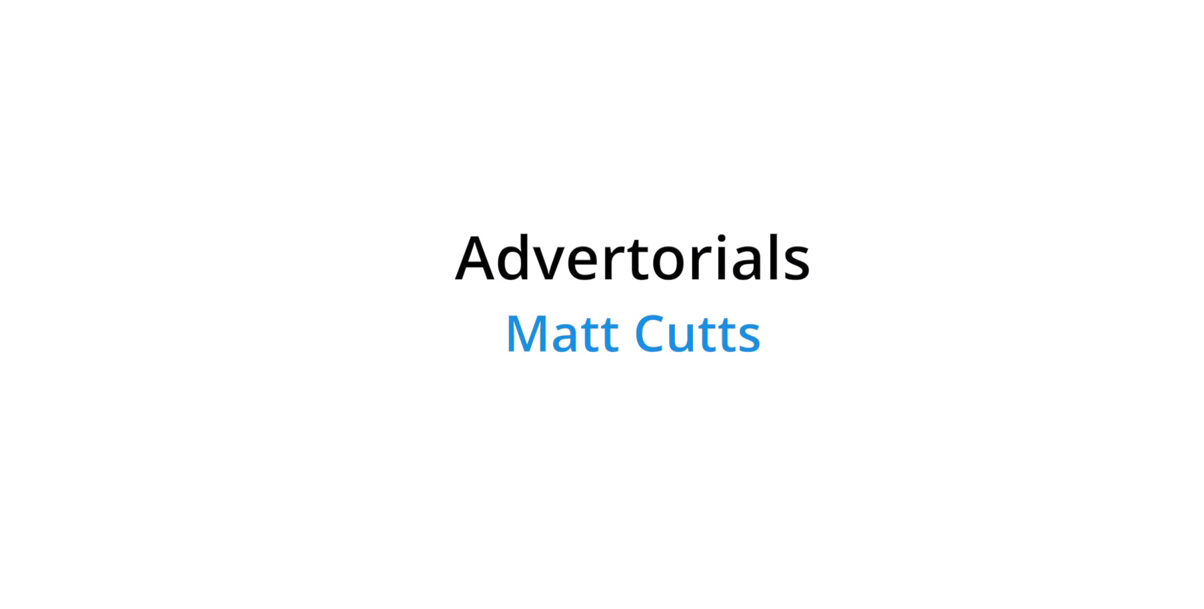Matt Cutts has posted a video last week discussing the new outlook that the Google spam team will take towards native advertisement. The biggest point that is made here in the new video isn’t really anything new – in-fact its something that was mentioned several months ago within the Google Webmaster Blog in a post titled A reminder about selling links that pass PageRank. To quote Matt Cutts directly:
If money exchanged hands in order for a link to be placed on a website it should not float pagerank.
However apart from just making your paid links nofollow, you need to provide a clear and easily visible disclosure so that your website visitors are well aware that the article they are reading has been paid for. In-fact the Google News team just published a post on their blog as-well stating much of the same thing.
Credibility and trust are longstanding journalistic values, and ones which we all regard as crucial attributes of a great news site. It’s difficult to be trusted when one is being paid by the subject of an article, or selling or monetizing links within an article. Google News is not a marketing service, and we consider articles that employ these types of promotional tactics to be in violation of our quality guidelines.
While the latest video doesn’t state exactly what action Google will take against those who do not follow their guidelines with paid advertisements – Matt Cutts does briefly mention that action will be taken against both the link seller and buyer. However an update done on May 27th, 2013 within the Google Webmaster Tools Guidelines FAQ states:
Google works hard to prevent other webmasters from being able to harm your ranking or have your site removed from our index. If you’re concerned about another site linking to yours, we suggest contacting the webmaster of the site in question. Google aggregates and organizes information published on the web; we don’t control the content of these pages.
It’s clear that Google wants to improve the quality of their search results, and their news publications. Granted as their guidelines change it does seem to limit the amount of editorial creativity you are allowed to utilize within your advertisements. What are your thoughts?
